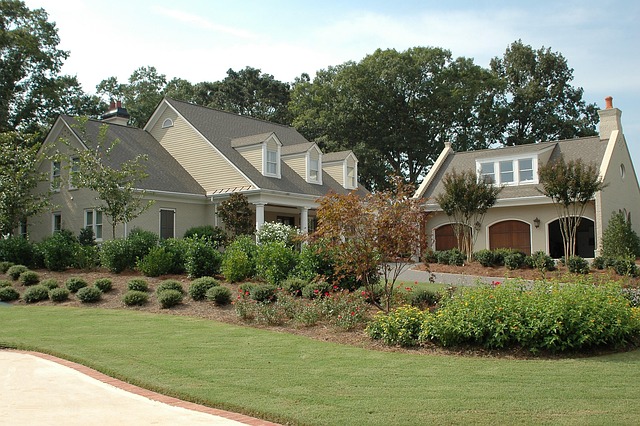
When most homeowners picture maintenance, they often focus on the roof, HVAC system, or plumbing. Yet one of the most overlooked safeguards for a home is something you walk across every day: the ground surrounding your foundation. The slope, or “grading,” around your property plays a decisive role in controlling moisture and protecting structural integrity.
What Proper Grading Really Does
Grading isn’t just a landscaping choice — it’s a drainage system in disguise. A well-planned slope directs rainfall and runoff away from your foundation instead of letting water pool against it. Over time, standing water or slow seepage can lead to basement leaks, foundation cracks, and even soil movement beneath the structure. In Tennessee’s varied climate — where heavy downpours can follow long dry spells — this kind of water management is especially critical.
Clues Your Grading May Be Off
Homeowners can often spot grading issues before they become emergencies. Watch for soil that slopes back toward the house, mulch beds that trap water, or damp spots along basement walls. Another telltale sign is erosion — if you’re losing soil near the foundation, it may be because runoff is flowing the wrong way. Addressing these symptoms early can prevent much costlier repairs down the line.
How to Improve Drainage Around Your Home
The general guideline is a slope of at least six inches over the first ten feet away from the foundation. Achieving this may involve adding soil, reshaping landscaping features, or installing drains in stubborn areas. Be cautious with decorative borders, raised beds, and hardscape features such as patios — all can interrupt the natural flow of water if not designed thoughtfully.
Downspouts are another piece of the puzzle. Extending them several feet from the foundation can dramatically reduce the amount of water your grading needs to handle. Splash blocks or buried extensions are inexpensive ways to guide runoff farther from the house.
Why Proactive Attention Pays Off
Think of grading as preventive medicine for your home’s structure. By ensuring proper slope and drainage now, you reduce the risk of foundation movement, moisture intrusion, and mold growth. You also protect your landscaping investments, since erosion and standing water can harm trees, shrubs, and turf.
The Bottom Line
Maintaining effective grading is not glamorous, but it’s one of the smartest investments you can make in your property’s long-term health. A little observation and a few corrective steps today can save thousands of dollars in future repairs — and give you peace of mind whenever the forecast calls for heavy rain.

Recent Comments